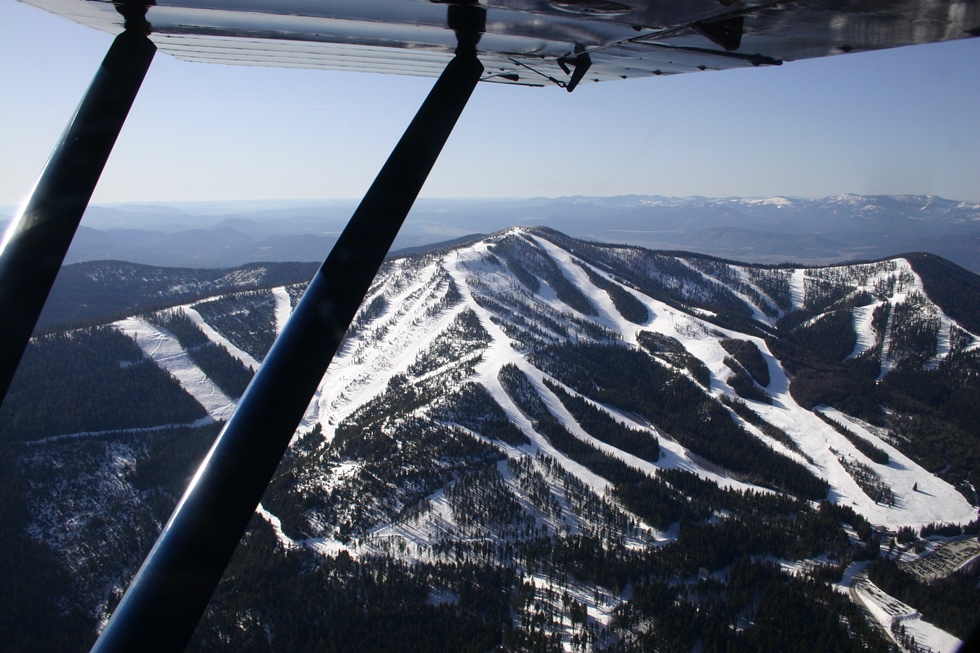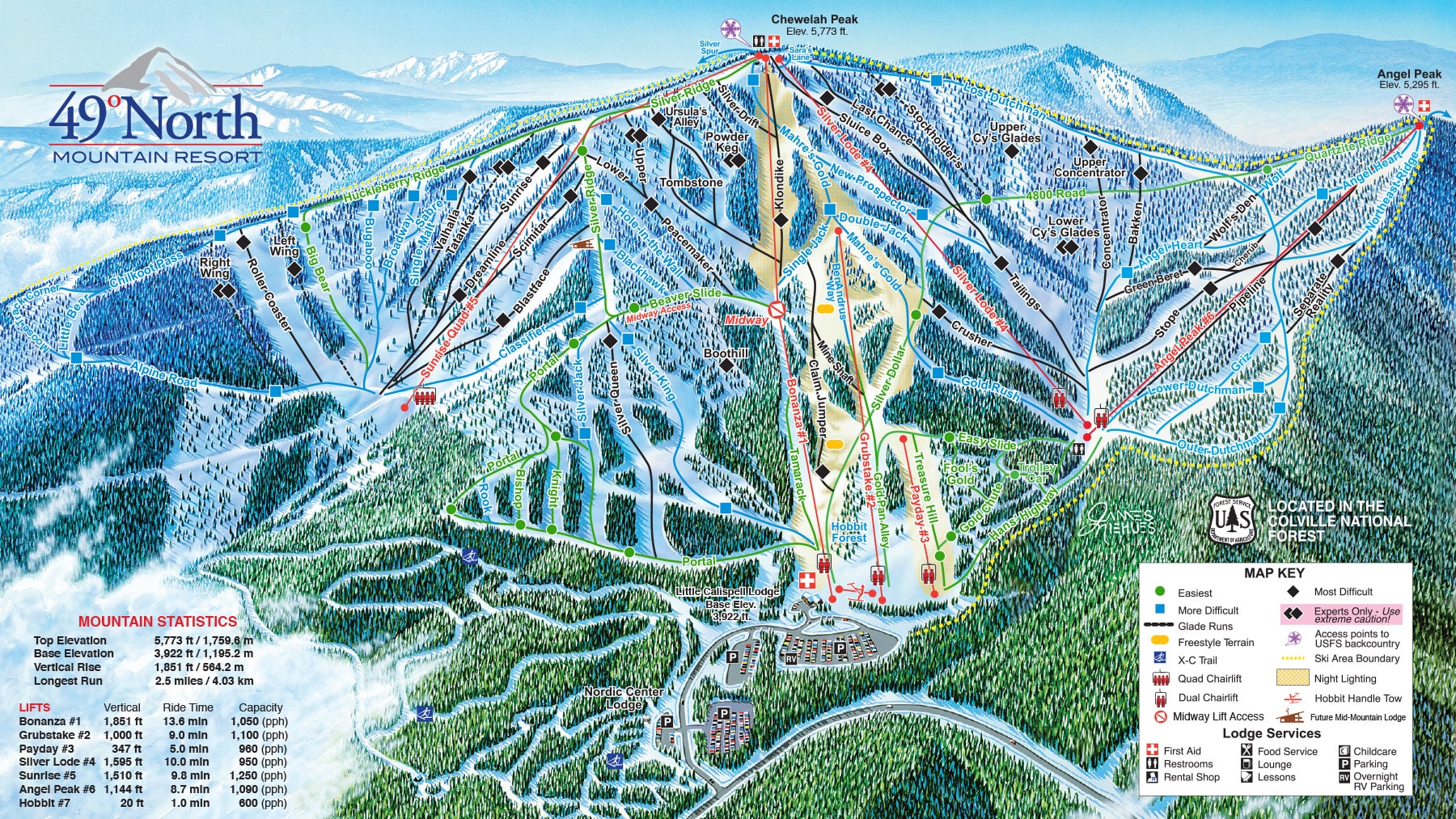Escape To 49 Degrees North Washington - [Year] Guide
The geographical line representing the 49th parallel north plays a significant role in defining the northern border of Washington State. This line of latitude, circling the globe, demarcates the boundary between the United States and Canada from the Pacific Ocean eastward to Minnesota. As such, it directly influences the state's territorial extent and its relationship with its northern neighbor.
Its importance lies in its function as an internationally recognized boundary, facilitating trade, diplomatic relations, and the management of shared resources. Historically, the establishment of this border resolved territorial disputes and promoted stability between the two nations. The precise location of this demarcation impacts land ownership, resource allocation, and even regional identity for communities situated near it.
Understanding the implications of this latitudinal line is crucial for examining topics such as Washington's economic ties with Canada, the ecological management of transboundary watersheds, and the cultural interactions within the region. Further discussion will delve into these specific aspects, providing a detailed exploration of their individual significance.
- Does Phaedra Parks Own A Funeral Home
- Duane Underwood Jr Family Parents Ethnicity Where
- Paula Harwood Bio Net Worth Height Career
- Where Is Ross Caruso Going After Leaving
- Liz Cheney Husband Children Age Net Worth
Frequently Asked Questions Regarding Washington's Northern Boundary
This section addresses common inquiries about the geographical boundary defining Washington State's northern extent.
Question 1: What precisely defines the northern border of Washington State?
The northern border is primarily defined by the 49th parallel north latitude. This line serves as the international boundary between the United States and Canada.
- Noah Lalonde Siblings Meet His Sister Emma
- Who Is Evelyn Lozada Dating Queens Court
- Who Is Kevin Bacon S Son Travis
- Xochitl Gomez Siblings Does She Have Any
- Where Is Lorraine Taylor Now Is Lorraine
Question 2: Are there any exceptions or deviations from the 49th parallel along Washington's northern border?
While the 49th parallel serves as the general boundary, there are minor deviations due to adjustments made during the border demarcation process to accommodate geographical features or pre-existing settlements.
Question 3: How was the 49th parallel established as the international boundary?
The establishment of this boundary stems from treaties between the United States and Great Britain (later Canada), primarily the Oregon Treaty of 1846, which resolved conflicting territorial claims in the Pacific Northwest.
Question 4: Does the location of the 49th parallel impact communities situated near the border?
Yes. The location directly influences jurisdictional authority, cross-border movement, and the management of shared resources, necessitating cooperation between U.S. and Canadian entities.
Question 5: What are the implications for resource management along the 49th parallel?
Shared watersheds and ecosystems necessitate binational collaboration to ensure sustainable management of natural resources, including water, fisheries, and forests, along the boundary.
Question 6: How is the international border physically maintained and demarcated?
The International Boundary Commission is responsible for maintaining the boundary line, including clearing a six-meter-wide vista and maintaining boundary markers along the 49th parallel.
In summary, Washington's northern boundary, defined largely by the 49th parallel, carries significant implications for governance, resource management, and international relations.
The following section will delve deeper into the economic and environmental impacts of this boundary.
Considerations Related to Washington's Northern Boundary
This section outlines crucial considerations pertaining to the geographical area adjacent to Washington State's northern demarcation.
Tip 1: Understand Border Crossing Regulations: Familiarize yourself with current regulations for crossing between Washington and Canada at various points along the 49th parallel. This includes possessing the necessary identification and understanding customs procedures to avoid delays or legal issues.
Tip 2: Be Aware of Environmental Regulations: Recognize that environmental regulations may differ on either side of the 49th parallel. Activities such as fishing, hunting, or resource extraction near the boundary require adherence to the specific laws of the governing jurisdiction.
Tip 3: Respect Property Boundaries: Ensure a clear understanding of property lines relative to the international boundary. Encroachments across the 49th parallel, even unintentional ones, can lead to legal complications.
Tip 4: Monitor Boundary Demarcation: Be cognizant of the physical markers that delineate the border. While the International Boundary Commission maintains these markers, awareness of their presence is crucial for navigation and avoiding unintentional border crossings, especially in remote areas.
Tip 5: Engage in Cross-Border Collaboration: Support initiatives promoting cross-border collaboration between communities on either side of the 49th parallel. Such engagement can foster mutual understanding, address shared challenges, and enhance regional prosperity.
Tip 6: Stay Informed on Policy Changes: Remain updated on evolving policies that impact the border region. Changes in immigration laws, trade agreements, or environmental regulations can significantly influence activities along Washington's northern boundary.
Tip 7: Utilize Resources for Dispute Resolution: Be aware of available resources for resolving disputes that may arise related to the boundary, such as property disagreements or environmental concerns. Formal channels for mediation or arbitration may be necessary to ensure equitable outcomes.
In summary, thoughtful engagement with the region requires careful attention to regulations, environmental factors, property rights, boundary maintenance, collaborative opportunities, policy developments, and dispute resolution mechanisms.
The subsequent section will present a concluding summary encompassing the multifaceted dimensions of this geographical consideration.
Conclusion
The preceding analysis underscores the significance of the 49 degrees north washington, which forms a substantial portion of the state's northern border. Its role extends beyond mere geographical demarcation, influencing international relations, resource management, and regional community dynamics. The establishment and maintenance of this boundary represent a complex interplay of historical agreements, legal frameworks, and ongoing collaborative efforts.
Continued awareness of the border's implications is crucial for fostering effective governance, promoting sustainable development, and ensuring harmonious interactions between the United States and Canada. Its inherent importance necessitates sustained attention and informed decision-making to navigate the multifaceted challenges and opportunities presented by this defining latitudinal line.
- Carter Belfort Biography Net Worth Age College
- Bishop Briggs Husband Did Not Propose Her
- Tim Sebastian Married Spouse Marital Life Relationship
- Janelle Is Better Youtube Star Detailed Bio
- Love Island Australia Season 4 Where Are

49 Degrees North Ski Washington

49 Degrees North Piste And Ski Trail Maps

49 Degrees North Lugares de Nieve